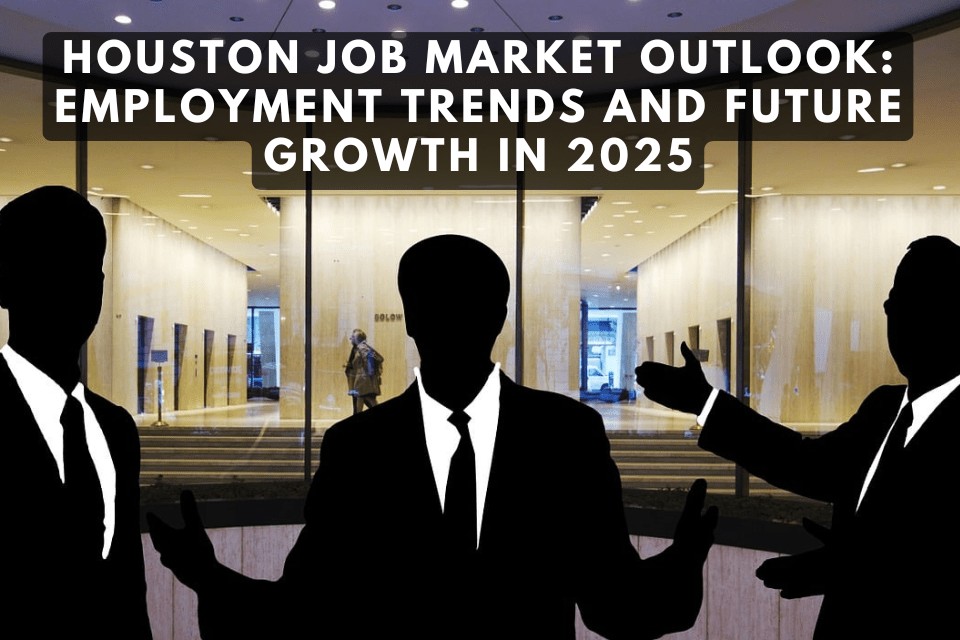
How Business Leaders Can Foster Genuine Collaboration in the Workplace
Let’s skip the TED Talk and get real for a minute—collaboration in the workplace isn’t about having another meeting or buying a shiny new project management tool. It’s about what happens in the ordinary, gritty, often-unnoticed middle: the hallway conversations, the Slack threads at 9:41 p.m., the tiny moments when someone says, “Wait, what if we tried this instead?” If you run a business or lead a team, improving collaboration isn’t about dictating it—it’s about setting the stage and then getting out of the way just enough so your people can build trust, take chances, and create something they couldn’t have pulled off solo. Here’s where to start.
Redefine
What Collaboration Actually Means
People throw around the word “collaboration” like
it's interchangeable with “teamwork” or “alignment,” but let’s be honest: it’s
messier and way more valuable than that. Real collaboration happens when people
with different perspectives, skill sets, and agendas work together—not in
perfect harmony, but in tension that leads to stronger results. If everyone
agrees all the time, that’s not collaboration, that’s conformity. As a leader,
your job is to create the kind of culture where
disagreement isn’t feared, but welcomed, because it’s the friction
that often sharpens the final product.
Wear
the Mission on Your Sleeve
There’s something powerful about seeing your team’s identity reflected in what you wear—it turns a group of coworkers into something closer to a tribe. Creating custom team apparel like T-shirts with your logo or a shared inside-joke slogan doesn’t just look good in group photos; it sparks pride and reminds everyone they’re part of something that matters. Whether it’s for a product launch, company retreat, or just a little mid-week morale boost, these small symbols go a long way in reinforcing a culture of belonging. You can easily design and order custom print shirts with an online tool that offers templates, fonts, images, and personalization features.
Kill
the Over-Reliance on Meetings
If your team groans when another “collaboration
session” pops up on their calendar, you’ve probably missed the mark. Meetings
should be used sparingly and intentionally, not as
default mechanisms for communication. Too often, people mistake face time for
progress, but that’s not how good work gets done. Consider replacing some
meetings with asynchronous updates or quick huddles—let people collaborate on
their own time, not just when the calendar tells them to.
Design
Spaces That Actually Support Interaction
Whether your people are fully remote, hybrid, or
mostly in-office, physical and digital space design matters more than you
think. Cubicles kill spontaneity. So do endless Zoom calls with 30 people.
Create pockets—literal or digital—where informal idea sharing is easy and
frictionless. That might mean a dedicated Slack channel for half-baked ideas, a
virtual “coffee chat” roulette, or simply a communal area that doesn’t feel like
a forced team-building zone.
Make
Cross-Functional the Default, Not the Exception
The biggest breakthroughs usually don’t happen
within a single department. They happen when marketing hears what customer
service is struggling with or when product design learns what sales keeps
getting asked. Encourage your teams to operate like
overlapping circles, not rigid silos. If someone only talks to the people with
the same job title or department, they’re probably missing the bigger
picture—and so are you.
Reward
the Process, Not Just the Result
Here’s the thing about collaboration: it doesn’t always end in glory. Sometimes the
project fizzles, or the prototype gets shelved, or the pitch doesn’t land. That
doesn’t mean it wasn’t valuable. Leaders who only celebrate outcomes train
people to play it safe. But when you start rewarding effort, risk-taking, and
even failed attempts at co-creation, you send a powerful message that trying
matters—and that fuels future collaboration.
Remove
the Ego from Leadership
You know what kills collaboration faster than a bad
internet connection? Leaders who can’t stop talking. If you’re
constantly jumping in to finish sentences, correct direction, or put your stamp
on everything, you’re not building a collaborative culture—you’re building a
bottleneck. Step back. Listen longer. Let your team surprise you. The more you
let them own the process, the more they’ll show up with ideas they never
would’ve offered in a top-down environment.
You can’t mandate collaboration with a memo or a new tech stack. It doesn’t bloom in artificial conditions or when everyone’s just nodding along to the boss’s ideas. It happens when people feel safe, when they’re heard, when there’s room for overlap and argument and sideways thinking. If you’re a leader, think less about controlling the process and more about clearing the path. Let your team build their own rhythm. Trust that the real work is happening—often where you’re not looking. That’s the kind of collaboration that doesn’t just tick boxes, but actually moves the company forward.
Discover your next career opportunity or find top talent
with ease at Talent Acquisition Hub, where a seamless job search and hiring
experience awaits you!
Image by Freepik










Comment About This Post